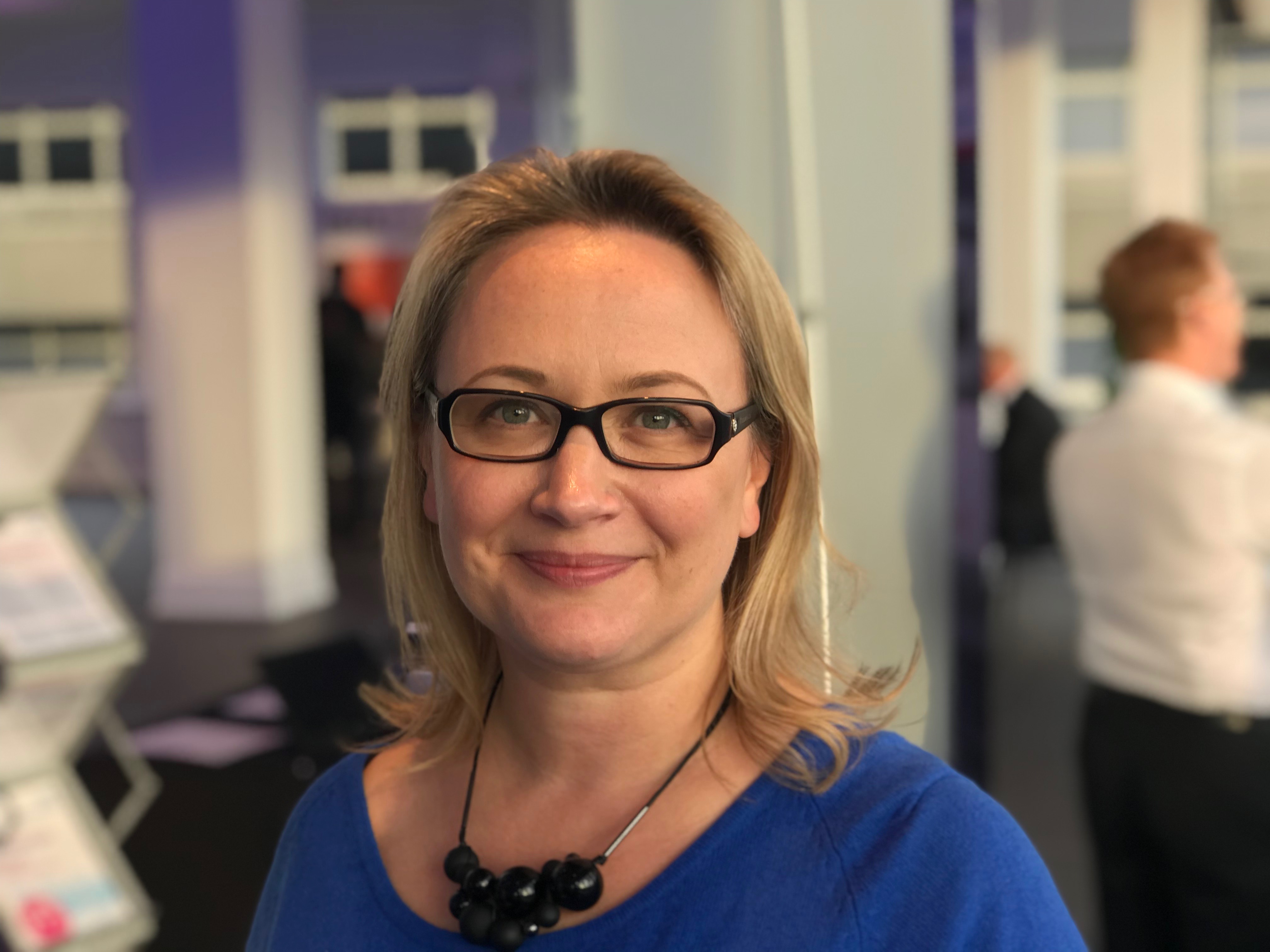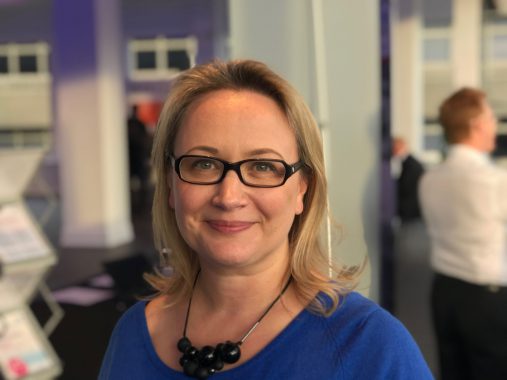
Profile: Dr Stephanie De Giorgio
Roles: GP in Emergency Department, Queen Elizabeth The Queen Mother Hospital, Margate; Locum GP in Kent; South Kent Coast CCG clinical communications lead; GPC and Resilient GP representative; medical education speaker
Hours worked per week: 16 hours as Emergency GP, 8 hours locuming, and 8 hours as CCG communications lead; various for GPC, Resilient GP and medical education
10.00
I arrive at the Emergency Department (ED) to start my shift – a good hour and a half later than in GP-world as patients suitable to be triaged to me generally begin to arrive mid-morning. I now also have the added bonus of a drive-through Costa en route, so arrive fully caffeinated.
It still feels strange to be back some 10 years after my final shift at the same department in Margate (loved the people, hated the shift pattern). My curiosity got the better of me after working with colleagues nationally via Resilient GP and the GPC, and hearing from a range of people about how this kind of scheme is: a) good; b) bad; c) diverting funds from GP where it is needed; d) inevitable; or e) insert Deveson-esque quip.
Despite the negative opinions, I jumped at the chance when the inspirational Dr Ash Peshwani, a local GP, asked me to come and work on an Emergency GP in ED pilot. Dr Peshwani previously set up an Acute Response Team here, which takes complex medical patients from the ED and CDU (Clinical Decisions Unit) and gets them home, looking after them for three days.
The beauty of the Emergency GP scheme is that we have full access to EMIS as part of a data sharing agreement with local GPs, so I log straight into the patient notes. We also have a dedicated receptionist who works alongside the ED team.
All patients are seen by the ED triage nurse and streamed. One reason it works so well is that all the GPs taking part have worked in the department as part of VTS, so we all know each other, something that is undervalued in most systems in the NHS.
10.30
I see my first patient and then it’s a steady stream of 15-minute appointments over the next two hours. This morning there are a few paediatric rashes, severe new onset thoracic back pain, a fall or two and severe abdominal pain in a non-registered patient.
Appointments over, I find there are a couple of children in the paediatrics department I am able to help with.
Some mornings I will see 10 patients, others I will see only three. Sitting idle induces deep guilt, so I go patient hunting in the rest of the ED. The contrast to the never-ending slog of 10 min appointments in a GP surgery is stark. Even when busy, patients haven’t got an appointment time – they sit and wait.
13.00
I make a dash to the coffee shop… man alive the coffee has improved! Having a 10-minute break isn’t much, but I am less tired than after a morning in the practice. Obviously the surgeries are shorter but it’s more than that. Patients have a different attitude. Despite being given a card to say they are seeing a GP, they seem to think I am more of a ‘proper doctor’ because I am in the hospital.
This sometimes leads to severe ‘thanksanywayitis’ when – as in the case of two patients this morning – they realise I won’t (and can’t) order the investigation they have attended ED to try to get, because they feel it has taken too long ordered as an outpatient. Often they are also more respectful – or simply grateful to be seen without waiting six hours.
Patients attend for a variety of reasons, and I always ask why they haven’t seen their GP. The majority so far have been sent there by 111. Some have tried to get an appointment and can’t – local surgeries are under the same pressures as everywhere else – while some haven’t tried at all, some want a hospital doctor to see them and some have no GP as it is an area of high deprivation and a transient population. What has surprised me is how few, other than many of the 111 ones, have been inappropriate attendances for seeking medical help. Most didn’t need ED, but they did need to see a doctor. Some have been sick, and those I refer to specialties just as I would from my surgery. I don’t have access to investigations.
13.10
My afternoon surgery starts. The number of patients I see depends a lot on the triage nurse on duty. Those I know better refer more. One of my plans for training in the coming month is to spend time giving them more guidance on what we can and cannot see.
Today I see a fair range of cases: obstructive jaundice, bronchiolitis, dental pain (no, I don’t treat that one), an unwell pyrexial kiddy and pelvic pain.
The room I work in is set up with a printer, computer with access to EMIS and the hospital system, and I bring my own equipment. It works well, and having a dedicated set-up makes us more efficient. We give FP10s as we would in surgery.
17.20
It’s home time already, with no paperwork to follow up. I have run over a bit due to one patient taking a long time to refer (orthopods versus medics – you can imagine the rest). Someone else will take over in two hours.
Is it fun? Yes, I love being back in a busy team environment. Has it made me realise how ridiculously hard we work in normal GP land? Hell yes. Do I feel a bit guilty? Yes, but the experiences I am getting might help me to be more informed about the pressures on GP and hospital systems and get an idea of how to fix the system.
Except it hasn’t done that yet. The staff do an amazing job with a smile on their face, but it has made me feel a bit hopeless. I can’t see most of the patients in the overwhelmed department, they are elderly and sick and need a bed. And yet local STP (Sustainability and Transformation Plan) leaders wish to close beds and move care to the community. Without pump priming and setting up well staffed community services first, this is never going to happen without harm to patients and staff. Anyone who thinks otherwise is deluded.
Pulse October survey
Take our July 2025 survey to potentially win £1.000 worth of tokens
















